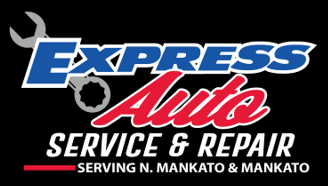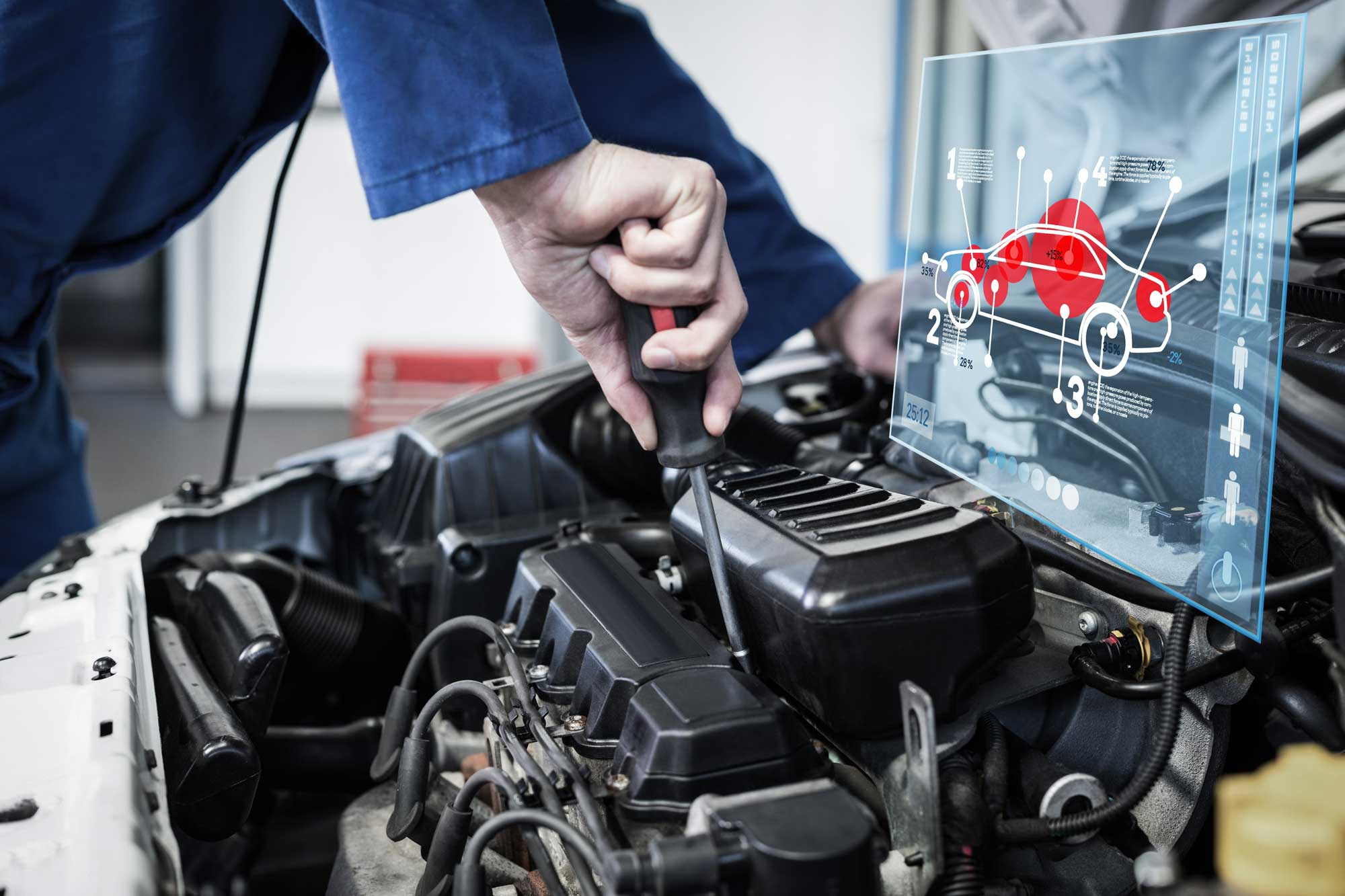Wondering What Causes Struts to Go Bad?
Struts and car axles are designed to be strong, but they are not invulnerable. A hard hit against a curb or going too fast over a deep pothole can bend the housing or shaft. if you drive in extreme conditions (bumpy or gravel roads, towing, carrying heavy loads, braking hard) on a consistent basis, you may need to replace the struts more often than normal. Also, by neglecting bad struts, extra stress is added to the brakes and car axles acting their ability to function properly.
So what causes struts to go bad? The obvious cause is poor road conditions and how you drive—smooth or aggressive. Driving consistently on roads filled with bumps and potholes will cause struts to wear down quicker than if you drive on smooth paved roads. As the struts wear, they lose their tension and support capabilities.
What happens if you keep driving on weakened struts?
- The safety of your vehicle is compromised: Bad struts impact braking capabilities, taking longer or going further than usual to come to a complete stop. Your vehicle may bounce and shake uncontrollably as it is forced up and down in response to road conditions.
- Accelerates wear and tear: The strut becomes weaker and more unstable, increasing the wear and tear on your tires, springs, and car axles.
A Tip to Remember: Although your car struts are designed to last for many miles, they are just like all the other components of your vehicle—they will wear out as the miles up. If it’s time to replace them, you will be driving much safer, with better vehicle stability and control, improved stopping performance, saving your tires, and protecting the car axles.
Wondering what causes struts to go bad? Contact our ASE-certified technicians today at Express Auto Service & Repair for more information about the suspension system and to schedule an appointment. Our auto shop serves vehicle owners in Mankato, MN, and the neighboring communities of North Mankato, MN, New Ulm, MN, and St. Peter, MN.
Ask the experts at Express Auto Service & Repair what causes struts to go bad. It may be time to replace them to keep your car axles protected.
Struts and car axles are designed to be strong, but they are not invulnerable. A hard hit against a curb or going too fast over a deep pothole can bend the housing or shaft. if you drive in extreme conditions (bumpy or gravel roads, towing, carrying heavy loads, braking hard) on a consistent basis, you may need to replace the struts more often than normal. Also, by neglecting bad struts, extra stress is added to the brakes and car axles acting their ability to function properly.
So what causes struts to go bad? The obvious cause is poor road conditions and how you drive—smooth or aggressive. Driving consistently on roads filled with bumps and potholes will cause struts to wear down quicker than if you drive on smooth paved roads. As the struts wear, they lose their tension and support capabilities.
What happens if you keep driving on weakened struts?
- The safety of your vehicle is compromised: Bad struts impact braking capabilities, taking longer or going further than usual to come to a complete stop. Your vehicle may bounce and shake uncontrollably as it is forced up and down in response to road conditions.
- Accelerates wear and tear: The strut becomes weaker and more unstable, increasing the wear and tear on your tires, springs, and car axles.
A Tip to Remember: Although your car struts are designed to last for many miles, they are just like all the other components of your vehicle—they will wear out as the miles up. If it’s time to replace them, you will be driving much safer, with better vehicle stability and control, improved stopping performance, saving your tires, and protecting the car axles.
Wondering what causes struts to go bad? Contact our ASE-certified technicians today at Express Auto Service & Repair for more information about the suspension system and to schedule an appointment. Our auto shop serves vehicle owners in Mankato, MN, and the neighboring communities of North Mankato, MN, New Ulm, MN, and St. Peter, MN.


